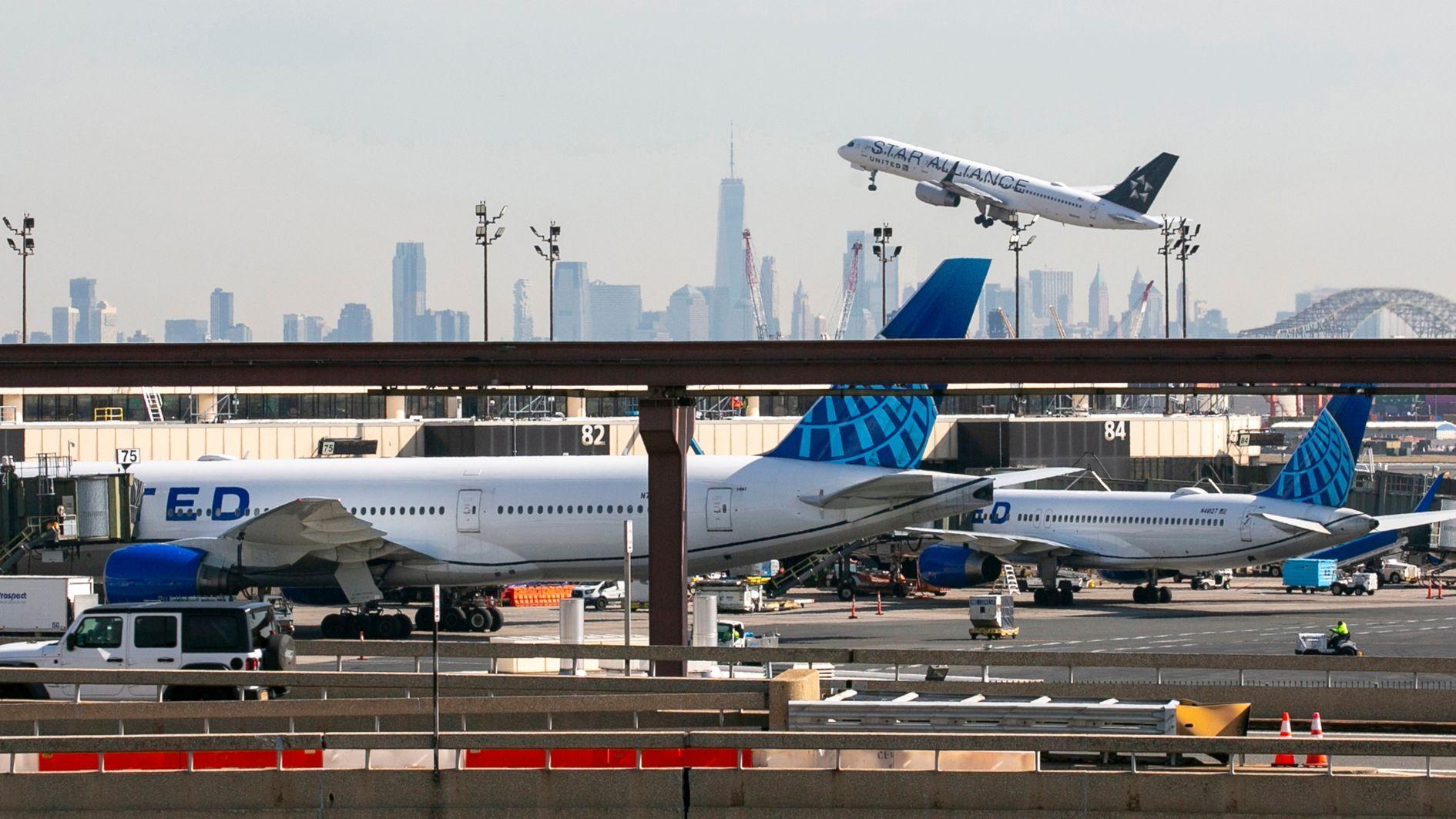
The global commercial aviation fleet will stand just under 50,000 planes in 2044, with most built over the next 20 years, according to a Boeing forecast.
The global fleet will nearly double to 49,600, a bit below Boeing's prior annual outlook, the company said ahead of the giant Paris Air Show which began today.
Emerging markets "with expanding middle classes, dynamic and competitive airline networks and sustained aviation investment" will represent more than 50 percent of the commercial fleet in 2044, up from nearly 40 percent in 2024, Boeing said.
But the forecast also shows the effects of supply chain difficulties in the wake of the COVID-19 pandemic.
The Boeing forecast projects annual passenger growth of 4.2 percent, above the 2.3 percent annual growth in GDP.
"New aircraft deliveries haven't been able to keep up with the demand," said Boeing vice president of Commercial Marketing Darren Hulst.
But Hulst expects the cadence of deliveries to pick up between now and the end of the current decade.
Of the 43,600 new planes required between now and 2044, an estimated 21,100 will replace existing fleet and 22,500 will be needed to address rising demand in China and emerging markets.
These figures indicate an expected dramatic expansion of the global air fleet over four decades from 2004, when the fleet consisted of just 16,780 planes.
In a sign of how the aviation market has changed, the 10 biggest aviation companies in 2004 accounted for 45 percent of the global fleet and were dominated by companies from North American and Europe.
But today's top 10 account for just 30 percent of the market and are composed of a greater share of companies from Asia and the Middle East, a region that had no companies in the top 10 in the earlier period.